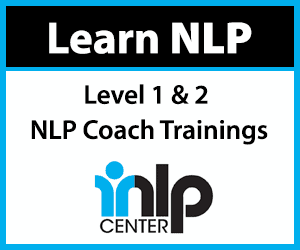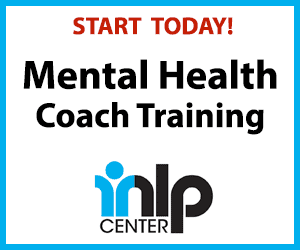Featured Post
Explore the Latest Posts
Search
Topic
Post Type
Audience Type
Author
Are We Teaching Too Shallow?
In coaching and adult education, we often begin with the same question:…
Coaching for Growth at Alberta’s Municipal Climate Change Action Centre
It started with two colleagues sharing a passion for sustainability. Professional coach…
Trauma-Informed Coaching for First Responders: A Culturally Competent Approach
Understanding the Cultural Landscape of First Responders First responders, including police officers,…
To Coach and Human Better, We Must Stretch
To Coach and Human Better, We Must Stretch When I set out…
How Stress Impacts Leadership and How Coaching Can Help
How Stress Impacts Your Leadership and How Coaching Can Help Does Your…
The Power of First Impressions in Coaching
As a leadership coach, I am continuously reminded of the critical role…
Team Coaching Beyond Frameworks: Creating Space for Teams to Grow
The Call to Something More Many coaches reach a tipping point. They’ve…
Building Bridges: How Strong Relationships Elevate Coaching Impact
What if the biggest barrier to success wasn’t a lack of skill…
Mental Well-Being: A Coach’s Must-Have Toolbox
Over the years, I’ve watched the coaching landscape change. Mental well-being is…
Action Plans Reimagined: 3 Coaching Strategies
In the art of coaching, few structures have been as celebrated —…
Step Into Your Coaching Journey: Why New Coaches Should Attend ICF Converge 2025
Starting out — or leveling up — in your coaching career can…
5 Ways to Create a Coaching Education Program That Earns Loyalty
Ever wish you could time travel? If I could go back to…
Top Coach Formulas: Work Smarter. Win Trust. Wow Clients.
Coaching is about presence, clarity, and deep connection. But often, your energy…
Breaking Barriers: Thriving as a Young Coach
A Changing Landscape When I first started my coaching journey, I noticed…



















